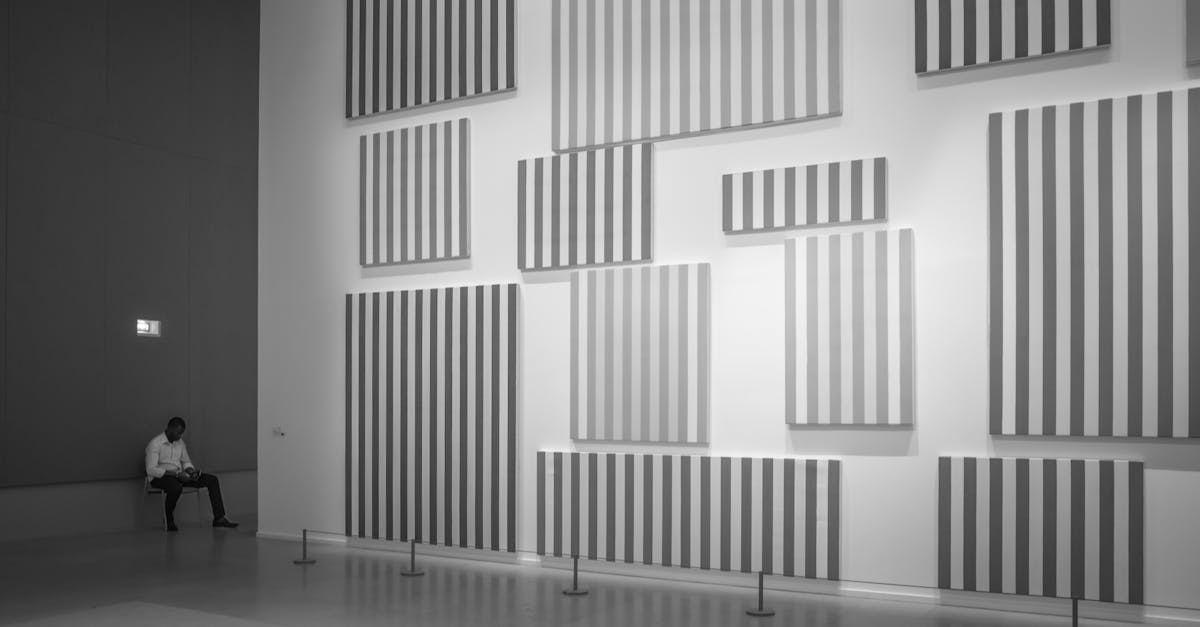Unveiling the Artistry of Osmolith Fusion Style Chronicles
Introduction to Osmolith Fusion Style Chronicles
Introducing the intricate tapestry of the Osmolith Fusion Style Chronicles, a confluence of art, history, and modern design. This unique artistic expression seamlessly intertwines historic aesthetics with contemporary flair. It offers a captivating exploration for enthusiasts and casual admirers alike. Much like a time machine, it traverses eras, borrowing elements from different periods to create something refreshingly novel. With roots steeped in culture and innovation, it promises a rich narrative. This article delves into its core elements, origins, and enduring appeal.
Advertisement
Origins of Osmolith Fusion
The Osmolith Fusion Style has its genesis rooted deeply in art history, drawing inspiration from various epochs. Emerging from a desire to preserve and evolve art forms, it encapsulates Renaissance fluidity and Art Deco geometries. The term 'Osmolith' reflects the osmosis process, symbolizing the seamless integration of diverse stylistic features. Its creators sought to bridge the gap between antiquity and modernity, making art accessible and relatable. As cultural influences melded, this style evolved as a vibrant reflection of past and present.
Advertisement
Core Elements and Techniques
At the heart of Osmolith Fusion Style are key elements that define its uniqueness. Artists employ a myriad of techniques, such as vibrant color palettes reminiscent of Impressionism, alongside minimalist structures. Texture plays a pivotal role, with tactile contrasts crafted through mixed media such as metal, textiles, and ceramics. Such elements harmonize to form compositions that are visually striking and intellectually engaging. This style invites observers to view familiar motifs through a lens of reinvention, evoking both nostalgia and a sense of discovery.
Advertisement
Influence of Historical Art Movements
The influence of history is paramount to understanding the Osmolith Fusion Style. Artists often use motifs from Baroque, characterized by its grandeur and movement, juxtaposed with the modularity of Constructivist techniques. Gothic spires meet Futurist dynamism, presenting a fusion that challenges traditional categorization. By drawing on established art movements, the style acts as a bridge across time, reshaping and modernizing nostalgic imagery. This interpretive nature provides artists with vast reservoirs of inspiration, allowing endless possibilities.
Advertisement
Modern Adoption and Popularity
In today's art scene, the Osmolith Fusion Style captures the imagination of modern audiences. Its adaptability makes it a favorite among architectural designs, interior decor, and digital artistry. Urban landscapes embrace its eclectic nature, reflecting both historical relevance and futuristic visions. With exhibitions held globally, it has grown in popularity, celebrated for its ability to resonate across demographics. Its inclusive spirit and nuanced storytelling create an art form that speaks universally, inviting audience participation and appreciation.
Advertisement
Technological Advancements and Innovation
The influence of technology on the evolution of Osmolith Fusion Style cannot be understated. Digital tools enable artists to experiment with new forms and ideas, pushing the boundaries of creativity. Techniques like 3D printing and virtual reality bring depth and interactivity to exhibitions, enriching viewer engagement. These innovations offer unprecedented freedom to artists, fostering a dynamic ecosystem for exploration. As technology progresses, the Osmolith Fusion realm continually redefines itself, adapting to new methods and paradigms.
Advertisement
Personal and Cultural Expression
One of Osmolith Fusion's greatest strengths is its capacity for personal and cultural storytelling. Artists worldwide infuse their heritage into their work, crafting narratives that reflect individual and collective identities. The style accommodates various interpretations, encouraging a tapestry of multicultural exchange. From indigenous symbols to pop culture references, each piece is a reflection of shared experiences. This fusion creates a dialogue that crosses borders, inviting connections and fostering appreciation for cultural diversity.
Advertisement
Critiques and Controversies
Despite its acclaim, the Osmolith Fusion Style is not without its critics. Some argue its amalgamation of styles can dilute cultural significance, leading to misinterpretation. There's a delicate balance in celebrating without appropriating, an ongoing debate within artistic communities. Art historians question the narrative deviations and creative liberties taken. Despite these challenges, it remains a vibrant area of discussion, driving ongoing discourse regarding art's role in societal development and intercultural engagement.
Advertisement
Future Prospects and Evolution
The future of the Osmolith Fusion Style is bright, with a continuous evolution anticipated. As global interconnectedness grows, art becomes a medium for shared human experiences, reflecting collective shifts and transitions. Future developments may see more interdisciplinary collaborations, spanning not only art but music, fashion, and literature. Artists are poised to spearhead innovative movements, driven by an unyielding pursuit of redefining the artistic boundaries. This transformation will undoubtedly add further depth and complexity to the Osmolith narrative.
Advertisement
Conclusion
The Osmolith Fusion Style Chronicles is a testament to the enduring allure of art that both honors and transforms. By blending historical influences with cutting-edge creativity, it captivates audiences across the globe. As a versatile and evolving art form, it stands at the intersection of tradition and innovation. Despite challenges, its future is promising, shaped by inclusive dialogues. Through Osmolith Fusion, we glimpse the power of art to unite diverse elements, offering a tapestry of stories waiting to be discovered.
Advertisement


